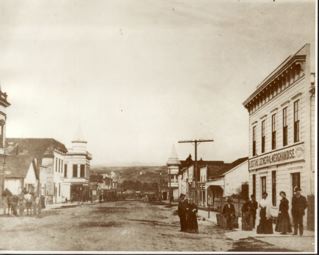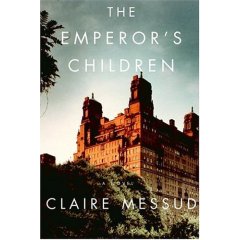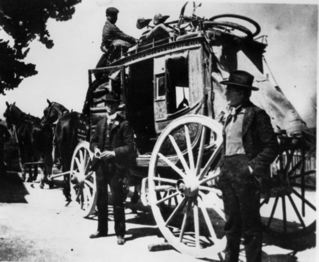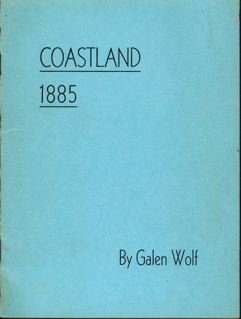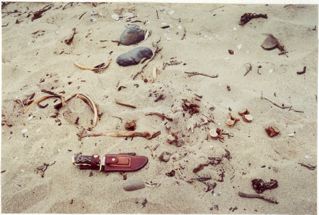“You know the man speaks the truth. Across the Peninsula, a few dairies lie scattered from Colma to Redwood. Although it is a county seat, Redwood is just emerging from the prevailing marshland.
“Here on the coast is vigorous, bustling life. Two stage lines serve the coastland and the traffic is phenomenal. Sometimes three steam schooners are waiting their turn at Amesport.
“Wheat, potatoes, cattle, hay, flax and timber pour out to nourish the new growth of San Francisco.
“The Steeles, Moores and McCormacks farm all the way to the Santa Cru county line. Doble, Dowell, John Mein, Deany, Schult and Martin are at Lobitos, at Tunitas and Purissima. The latter boasts a hotel, a store, a dance hall, a saloon, a school and a church. Fishermen from San Francisco know these streams well.
“Irish Ridge is populated. Rings, Garrigans, Casey and O’Briens have built there, high above the sea.
“Halfmoon or Spanishtown, throbs with life. Its stories, schools, churches and saloons are all patronized as occasion calls.
“Bolts of cloth are piled to the ceiling in Levy’s store and Boitano’s. The barns bulge with grain. Team after team crawls up and down Main Street.
“Mary McCormack and Miss Pringle and Clara Mullen have their schools.
“And on Sunday, the workaday community quiets to a hush. The church bells call their singing cadence. Almost to a man, woman and child, the town turns out.
“As you stand on the porch of the Schulyer House, you can see across the grainfields the mouth of Higgins Canyon. Sanor and Tom and Wm. Johnsonn farm theere, and Clement Nash. The hill of Rudolpho Miramontes is a waving backdrop of grain beyond the town streets.
“A six horse team strains at the tugs as it starts a load of lumber. It hass three miles to go to the long pier at Amesport.
“There will be more of these teams soon. Charlie Borden and Rufus Hatch are cutting in the Purissima. Hughes at Tunitas, Walker, Bloomquist and a score of others in the San Gregorio, the Pomponio, the Pescadero. The walls of San Francisco are being created.
“Behind you the election talk simmers. Now local pride has its hour. A man tells of the running of Andy Younker from San Francisco with a fifty pound sack of flour on his back. He made Amesport before dark and won his wager.
“You hear of Louis Cardoa who carries two sacks of grains at a time to the boats and earns two men’s wages.
“You hear of Wm. Griffith. He bought the first lot in 1862. It seems he has again won the turkey shoot with frontier markmanship.
“And then, visual focus of their pride, a horseman rides by. He rides simply, without ostentation. But here is drama living.
….To be continued…
Photo: Main Street, Half Moon Bay


